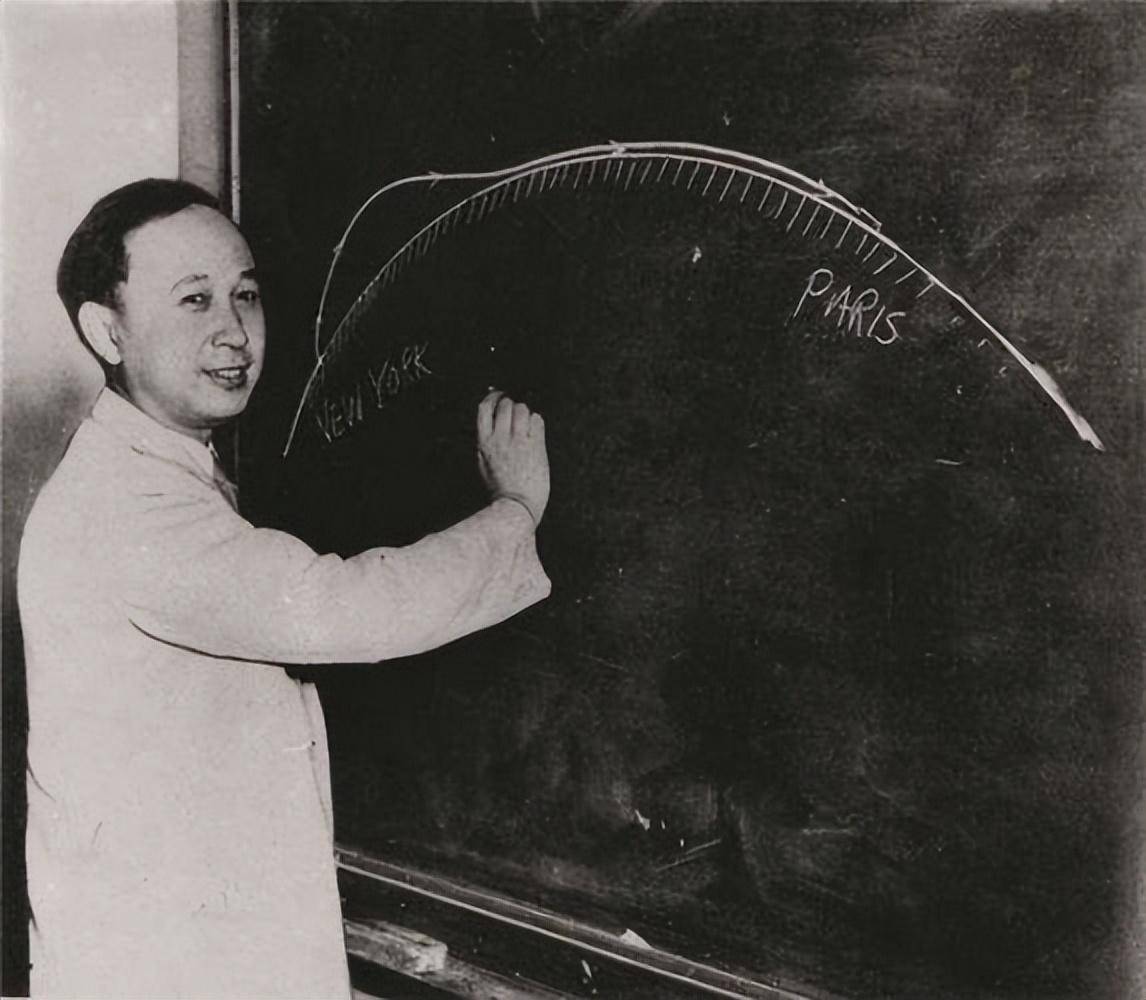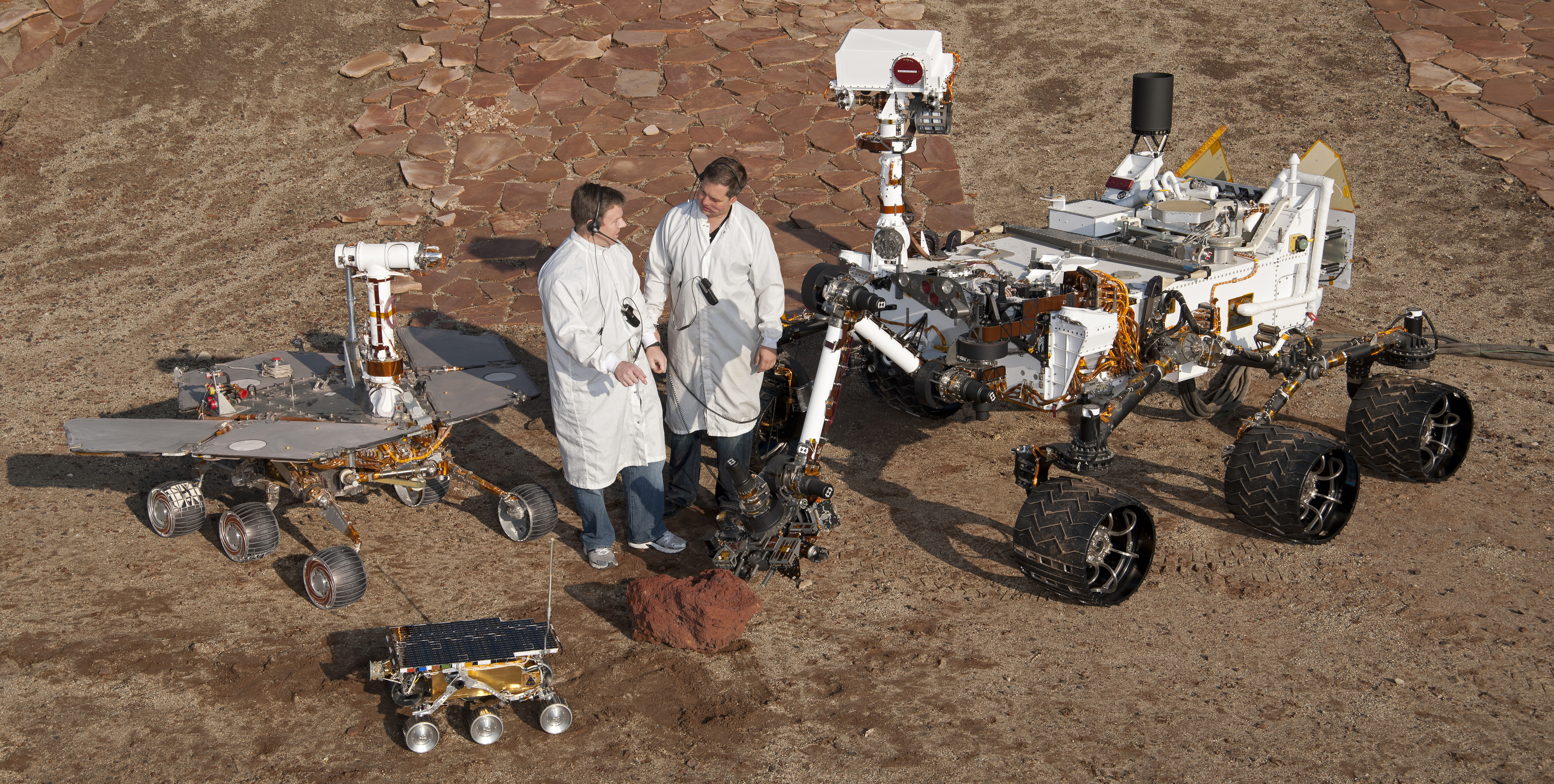|
Yutu-2
''Yutu-2'' () is the robotic lunar rover component of China National Space Administration, CNSA's Chang'e 4 mission to the Moon, launched on 7 December 2018 18:23 UTC, it entered lunar orbit on 12 December 2018 before making the first soft landing on the far side of the Moon on 3 January 2019. ''Yutu-2'' is currently operational as the longest-lived lunar rover after it eclipsed (on 20 November 2019) the previous lunar longevity record of 321 Earth days held by Soviet Union's ''Lunokhod 1'' rover. ''Yutu-2'' is the first lunar rover to traverse the far side of the Moon. By January 2022, it had travelled a distance of more than along the lunar surface. Data from its ground penetrating radar (GPR) has been used by scientists to put together imagery of multiple layers deep beneath the surface of the far side of the Moon. As of September 2024, the ''Yutu-2'' was still active. Overview The total landing mass is . Both the stationary lander and ''Yutu-2'' rover (literally: "Moon r ... [...More Info...] [...Related Items...] OR: [Wikipedia] [Google] [Baidu] |
Chang'e 4
Chang'e 4 (; ) is a robotic spacecraft mission in the Chinese Lunar Exploration Program of the CNSA. It made a soft landing on the far side of the Moon, the first spacecraft to do so, on 3 January 2019. A communication relay satellite, , was first launched to a halo orbit near the Earth–Moon L2 point in May 2018. The robotic lander and '' Yutu-2'' () rover were launched on 7 December 2018 and entered lunar orbit on 12 December 2018, before landing on the Moon's far side. On 15 January it was announced that seeds had sprouted in the lunar lander's biological experiment, the first plants to sprout on the Moon. The mission is the follow-up to Chang'e 3, the first Chinese landing on the Moon. The spacecraft was originally built as a backup for Chang'e 3 and became available after Chang'e 3 landed successfully in 2013. The configuration of Chang'e 4 was adjusted to meet new scientific and performance objectives. Like its predecessors, the mission is named after Chang'e, ... [...More Info...] [...Related Items...] OR: [Wikipedia] [Google] [Baidu] |
Chinese Lunar Exploration Program
The Chinese Lunar Exploration Program (CLEP; ), also known as the Chang'e Project () after the Chinese Moon goddess Chang'e, is an ongoing series of robotic Moon missions by the China National Space Administration (CNSA). Engineering Program The program encompasses lunar orbiters, landers, rovers and sample return spacecraft, launched using the Long March series of rockets. A human lunar landing component may have been added to the program, after China publicly announced crewed lunar landing plans by the year 2030 during a conference in July 2023. The program's launches and flights are monitored by a telemetry, tracking, and command (TT&C) system, which uses radio antennas in Beijing and antennas in Kunming, Shanghai, and Ürümqi to form a VLBI antenna. A proprietary ground application system is responsible for downlink data reception. In 2019, China National Space Administration head Zhang Kejian announced that China is planning to build a scientific research s ... [...More Info...] [...Related Items...] OR: [Wikipedia] [Google] [Baidu] |
Lunar Rover
A lunar rover or Moon rover is a space exploration Rover (space exploration), vehicle designed to move across the surface of the Moon. The Apollo program's Lunar Roving Vehicle was driven on the Moon by members of three American crews, Apollo 15, Apollo 16, 16, and Apollo 17, 17. Other rovers have been partially or fully autonomous robots, such as the Soviet Union's Lunokhods, Chinese ''Yutu (rover), Yutus'', Indian ''Pragyan (Chandrayaan-3), Pragyan'', and Japan's Smart Lander for Investigating Moon#Rovers, LEVs. Five countries have had operating rovers on the Moon: the Soviet Union, the United States, China, India, and Japan. Variations in design Lunar rover designs have varied in several ways. Size and speed Lunokhod rovers were in length. The LRVs were long with a wheelbase, and achieved a top speed of during Apollo 17. Power The Lunokhod rovers, and others, used photovoltaic solar power. The LRV rovers were battery powered. Lunokhod and the Chinese ''Yutu'' rovers ... [...More Info...] [...Related Items...] OR: [Wikipedia] [Google] [Baidu] |
Far Side Of The Moon
The far side of the Moon is the hemisphere of the Moon that is facing away from Earth, the opposite hemisphere is the near side. It always has the same surface oriented away from Earth because of synchronous rotation in the Moon's orbit. Compared to the near side, the far side's terrain is rugged, with a multitude of impact craters and relatively few flat and dark lunar maria ("seas"), giving it an appearance closer to other barren places in the Solar System such as Mercury and Callisto. It has one of the largest craters in the Solar System, the South Pole–Aitken basin. The hemisphere has sometimes been called the "Dark side of the Moon", where "dark" means "unknown" instead of "lacking sunlight" each location on the Moon experiences two weeks of sunlight while the opposite location experiences night. About 18 percent of the far side is occasionally visible from Earth due to oscillation and to libration. The remaining 82 percent remained unobserved until 1959, when ... [...More Info...] [...Related Items...] OR: [Wikipedia] [Google] [Baidu] |
Yutu (rover)
''Yutu'' () was a robotic lunar rover that formed part of the Chinese Chang'e 3 mission to the Moon. It was launched at 17:30 UTC on 1 December 2013, and reached the Moon's surface on 14 December 2013. The mission marks the first soft landing on the Moon since 1976 and the first Rover (space exploration), rover to operate there since the Soviet Lunokhod 2 ceased operations on 11 May 1973. The rover encountered operational difficulties toward the end of the second lunar day after surviving and recovering successfully from the first 14-day lunar night. It was unable to move after the end of the second lunar night, though it continued to gather useful information for some months afterward. In October 2015, ''Yutu'' set the record for the longest operational period for a rover on the Moon. On 31 July 2016, ''Yutu'' ceased to operate after a total of 31 months, well beyond its original expected lifespan of three months. In total, while working on the Moon, the rover was able to t ... [...More Info...] [...Related Items...] OR: [Wikipedia] [Google] [Baidu] |
Chinese Space Program
The space program of the People's Republic of China is about the activities in outer space conducted and directed by the China, People's Republic of China. The roots of the Chinese space program trace back to the 1950s, when, with the help of the Sino-Soviet Treaty of Friendship, Alliance and Mutual Assistance, newly allied Soviet Union, China began development of its first ballistic missile and rocket programs in response to the perceived American (and, Sino-Soviet split, later, Soviet) threats. Driven by the successes of Soviet Sputnik 1 and American Explorer 1 satellite launches in 1957 and 1958 respectively, China would launch its first satellite, Dong Fang Hong 1 in April 1970 aboard a Long March 1 rocket, making it the fifth nation to place a satellite in orbit. China has one of the most active space programs in the world. With space launch capability provided by the Long March rocket family and four spaceports (Jiuquan Satellite Launch Center, Jiuquan, Taiyuan Satelli ... [...More Info...] [...Related Items...] OR: [Wikipedia] [Google] [Baidu] |
Rover (space Exploration)
A rover (or sometimes planetary rover) is a planetary surface exploration device designed to move over the rough surface of a planet or other planetary mass celestial bodies. Some rovers have been designed as land vehicles to transport members of a human spaceflight crew; others have been partially or fully autonomous robots. Rovers are typically created to land on another planet (other than Earth) via a lander-style spacecraft,tasked to collect information about the terrain, and to take crust samples such as dust, soil, rocks, and even liquids. They are essential tools in space exploration. Features Rovers arrive on spacecraft and are used in conditions very distinct from those on the Earth, which makes some demands on their design. Reliability Rovers have to withstand high levels of acceleration, high and low temperatures, pressure, dust, corrosion, cosmic rays, remaining functional without repair for a needed period of time. Autonomy Rovers which land on celesti ... [...More Info...] [...Related Items...] OR: [Wikipedia] [Google] [Baidu] |
Moon Rabbit
The Moon rabbit, Moon hare or Jade rabbit is a mythical figure in both East Asian and indigenous American folklore, based on interpretations that identify the lunar mare, dark markings on the near side of the Moon as a rabbit or hare. In East Asian mythology, the rabbit is seen as pounding with a mortar and pestle, but the contents of the mortar differ among Chinese, Japanese, Korean, and Vietnamese folklore. In Chinese folklore, the rabbit, Yutu, is often portrayed as a companion of the Moon goddess Chang'e, constantly pounding the elixir of life for her and some show the making of cakes or rice cakes; but in Japanese and Korean versions, the rabbit is pounding the ingredients for mochi or tteok or some other type of rice cakes; in the Vietnamese version, the Moon rabbit often appears with Hằng Nga and Chú Cuội, and like the Chinese version, the Vietnamese Moon rabbit also pounding the elixir of immortality in the mortar. In some Chinese versions, the rabbit pounds medicine ... [...More Info...] [...Related Items...] OR: [Wikipedia] [Google] [Baidu] |
BBC News
BBC News is an operational business division of the British Broadcasting Corporation (BBC) responsible for the gathering and broadcasting of news and current affairs in the UK and around the world. The department is the world's largest broadcast news organisation and generates about 120 hours of radio and television output each day, as well as online news coverage. The service has over 5,500 journalists working across its output including in 50 foreign news bureaus where more than 250 foreign correspondents are stationed. Deborah Turness has been the CEO of news and current affairs since September 2022. In 2019, it was reported in an Ofcom report that the BBC spent £136m on news during the period April 2018 to March 2019. BBC News' domestic, global and online news divisions are housed within the largest live newsroom in Europe, in Broadcasting House in central London. Parliamentary coverage is produced and broadcast from studios in London. Through BBC English Regions, th ... [...More Info...] [...Related Items...] OR: [Wikipedia] [Google] [Baidu] |
SpaceNews
''SpaceNews'' is a print and digital publication that covers business and political news in the space and satellite industry. ''SpaceNews'' provides news, commentary and analysis to an audience of government officials, politicians and executives within the space industry. ''SpaceNews'' details topics in civil, military and space and the satellite communications business. ''SpaceNews'' covers important news in North America, Europe, Asia, Africa, the Middle East and South America from NASA, the European Space Agency, and private spaceflight firms such as Arianespace, International Launch Services, SpaceX and United Launch Alliance. The magazine regularly features profiles on relevant and important figures within the space industry. These profiles have featured numerous government leaders, corporate executives and other knowledgeable space experts, including NASA administrators Richard Truly, Daniel Goldin, Sean O’Keefe, Michael Griffin and Charles Boldin. Founded in 198 ... [...More Info...] [...Related Items...] OR: [Wikipedia] [Google] [Baidu] |
Qian Xuesen
Qian Xuesen ( zh, s=钱学森; December 11, 1911October 31, 2009; also spelled as Tsien Hsue-shen) was a Chinese aerospace engineer and cyberneticist who made significant contributions to the field of aerodynamics and established engineering cybernetics. He achieved recognition as one of America's leading experts in rockets and high-speed flight theory prior to his deportation to China in 1955. Qian received his undergraduate education in mechanical engineering at Shanghai Jiao Tong University, National Chiao Tung University in Shanghai in 1934. He traveled to the United States in 1935 and attained a master's degree in aeronautical engineering at the Massachusetts Institute of Technology in 1936. Afterward, he joined Theodore von Kármán's group at the California Institute of Technology in 1936, received a doctorate in aeronautics and mathematics there in 1939, and became an associate professor at Caltech in 1943. While at Caltech, he co-founded NASA's Jet Propulsion Laborat ... [...More Info...] [...Related Items...] OR: [Wikipedia] [Google] [Baidu] |
Theodore Von Kármán
Theodore von Kármán ( , May 11, 1881May 6, 1963) was a Hungarian-American mathematician, aerospace engineer, and physicist who worked in aeronautics and astronautics. He was responsible for crucial advances in aerodynamics characterizing supersonic and hypersonic airflow. The human-defined threshold of outer space is named the " Kármán line" in recognition of his work. Kármán is regarded as an outstanding aerodynamic theoretician of the 20th century. Early life Theodore von Kármán was born into a Jewish family in Budapest, then part of Austria-Hungary, as Kármán Tódor, the son of Helene (Konn or Kohn, ) and . Among his ancestors were Rabbi Judah Loew ben Bezalel, who was said to be the creator of the Golem of Prague, and Rabbi , who wrote about Zohar. His father, Mór, was a well-known educator, who reformed the Hungarian school system and founded Minta Gymnasium in Budapest. He became an influential figure and became a commissioner of the Ministry of Educa ... [...More Info...] [...Related Items...] OR: [Wikipedia] [Google] [Baidu] |






